Please read the Catalog Program Description. For daily details, please see our Moodle site. (Moodle is a secure site, available to students who have completed the week 1 workshop.)
Class Standing: Sophomores or above; transfer students welcome.
Prerequisites: Proficiency with algebra; strong reading and writing skills. Willingness to work in teams and to use computers for online assignments.
| 2010 SCHEDULE | DUE |
|
|---|---|---|
| Weekend |
Read, observe, work on projects and homework |
Online Quiz on assigned Universe chapter |
| Monday | Meet your team whenever you like |
Teams - post your PIQs |
| TUESDAY class | (B) 4:00 - 6:00 in Sem II A1107: SEMINAR and workshops (A) 6:00 - 8:00 in the CAL: ASTRONOMY Lecture, workshops, computer activities |
8 PM: Astronomers will go outside and OBSERVE after class. Bring your equipment (see syllabus for progression...) (Note new seminar rooms) |
| Wednesday |
Individuals write essays; teams meet
when you like |
Teams - post your PIQs |
| THURSDAY class | (A) 1:00 - 3:00 in CAL: ASTRONOMY lecture & workshops (meet in Solarium in Computer Center, weeks 6-10) (B) 3:15 - 5:00 in Sem II A1107:SEMINAR |
observe with your team later tonight if possible. |
| Friday | no class: read, do homework, ... how about a star party with your friends? Lab II 2270: Office hours 2:30, Research mtg 3:30 |
Post responses to essays |
The first day of class is Tuesday, 30 March 2010 . Everyone meet at 4:00 in 2207 Lab II. Note that there are two interconnected sections to this program: (A) Astronomy & Cosmologies students take both the science and the seminar - everything - for 16 credits. (B) 15 students can register for just the "Science Seminar" part of the program for 8 credits. You take half the program. You need do no math or observing, and you do some extra writing. You will need to stay until 8:00 pm for the first day only. |
| TEXTBOOKS & Equipment
Some of these may be available in the college bookstore. Consider ordering them online to be sure you have them in time. You will need your own copy of each text. | ||||
|---|---|---|---|---|
| 1.Universe: Stars and Galaxies (3rd Edition), by Roger Freedman and (late) William J. Kaufmann, includes all the material we will cover, including modern cosmology (and a little bit on planets). If you prefer the complete text (with chapters for each planet, which we will not cover), get Universe (8th Edition), a big heavy text. Avoid different editions, or you'll find some material out of synch with our class readings and assignments. Publisher 2008 W.H. Freeman, ISBN# 9780716795612 |
 |
|||
| 2. Lecture Tutorials for Introductory Astronomy (2nd Edition) (Addison-Wesley Series in Educational Innovation), by Edward E. Prather, Tim P. Slater, Jeff Adams, Gina Brissenden, CAPER
Paperback: 144 pages |
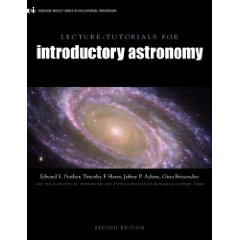 |
|||
| 3. Observing the Night Sky with Binoculars: A Simple Guide to the Heavens, by Stephen James O'Meara
Paperback: 168 pages |
||||
| National Audubon Society Field Guide to the Night Sky, (Turtleback) * Paperback (7.5 x 3.8 x 1.3 inches) * Publisher: Knopf (October 15, 1991) * ISBN-10: 0679408525, ISBN-13: 978-0679408529 |
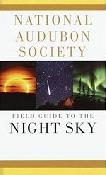 |
|||
| George Gamow, One Two Three – Infinity! (1988, Dover) ISBN 9780486256641 Guaranteed to expand your imagination - and to teach you amazing things about modern physics, more easily than you thought possible. |
||||
Simon Singh, Big Bang (2005, Harper) From the Copernican Revolution to the upcoming revolution in cosmology, nobody explains it clearer than Dr. Singh. |
||||
E.C. Krupp , Echoes of Ancient Skies: The Astronomy of Lost Civilizations Krupp studies a wide variety of cultures and how they viewed the skies, worshipped, told stories, made rituals, counted time, understood space, and constructed buildings, cities, symbols, and cosmologies. |
 |
|||
| (Optional) Subscribe online to Sky & Telescope (or pick up a copy each month at a local bookseller, or learn how to access it electronically through the Evergreen Library. (You can try subscribing to a hardcopy, but delivery is sometimes long delayed for first-time subscribers ) | 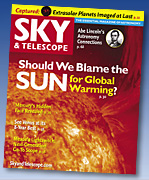 |
|||
EQUIPMENT: Get a (1) Planisphere and a (2) BLANK (unlined) Lab notebook from the Bookstore You absolutely need a good pair of (3) BINOCULARS (10 x 50 is good - bigger is too heavy), and you will be able to see MUCH more with a (4) TRIPOD and mount. Buy or borrow the tripod/mount. |
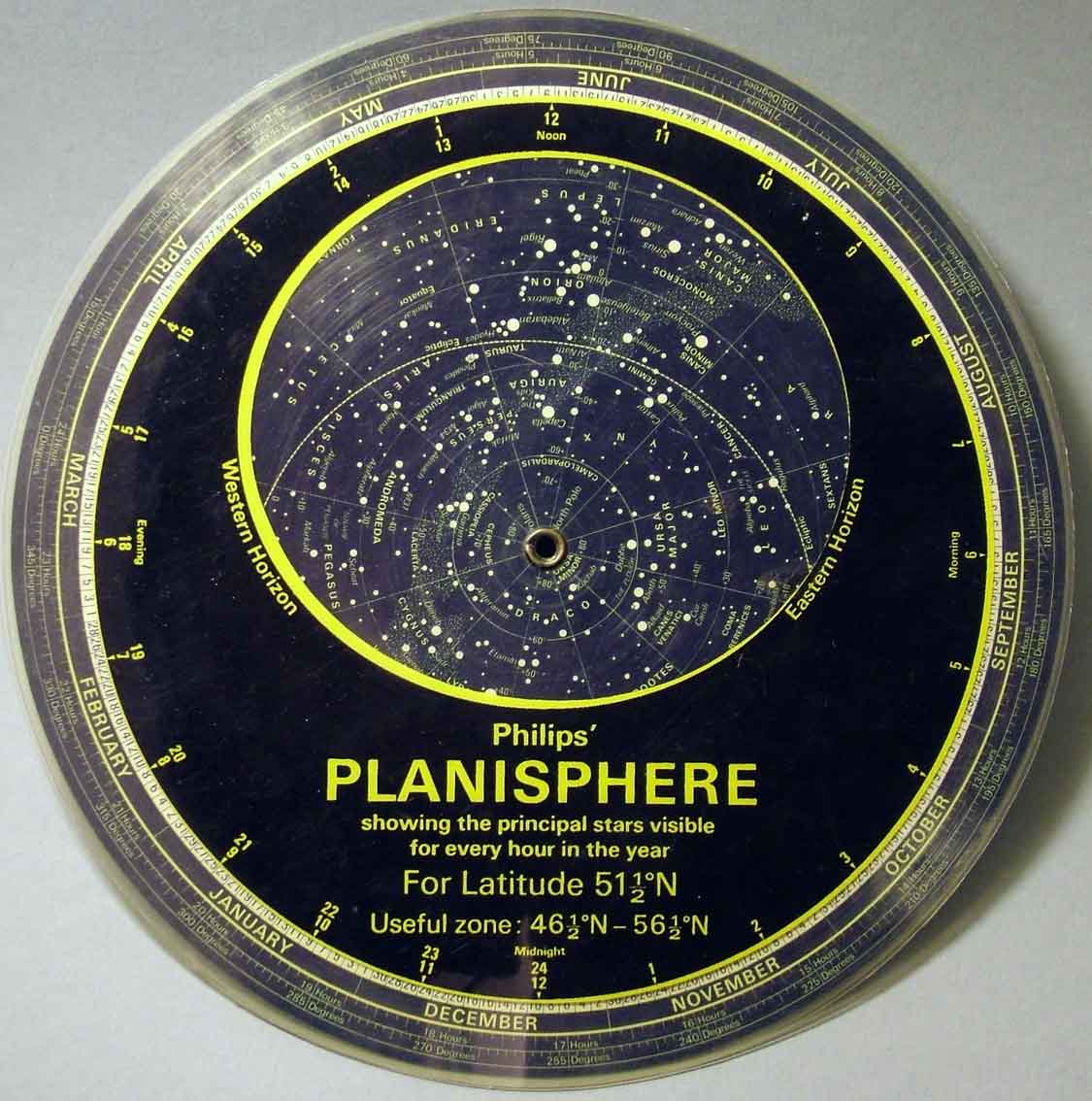 |
|||
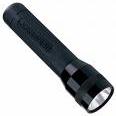 |
(5) Flashlight with RED nailpolish or tape on the end (somebody will have red stuff to share - you need not go out and buy it) and a STRING to hang it around your neck. These are REQUIRED for safe observing on the roof (6) Good old fashioned protractor - any color (to make a handy sextant) |
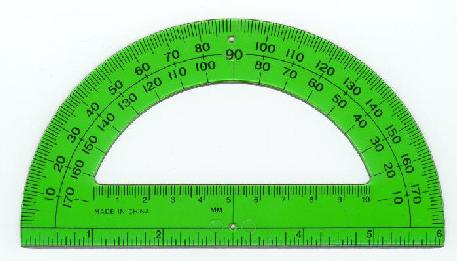 |
||
(7) Buy a cheap plastic toolbox at your local hardware store to keep all your observing gear in. Get your free moon calendar by clicking on the 2010 link at this Celestial Products page |
||||
| Faculty Contact: | Dr. E.J. Zita |
zita(at)evergreen.edu |
2272 Lab II |
|---|

